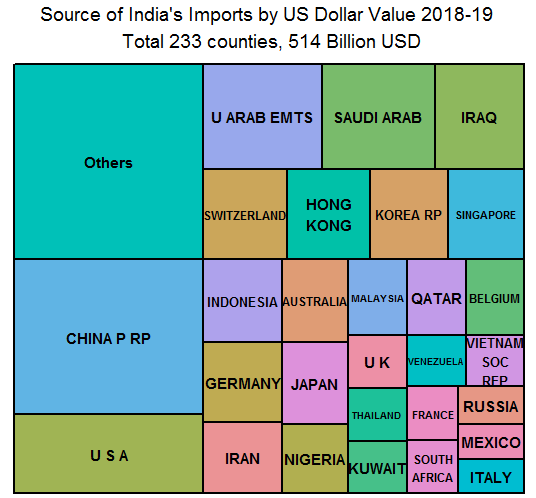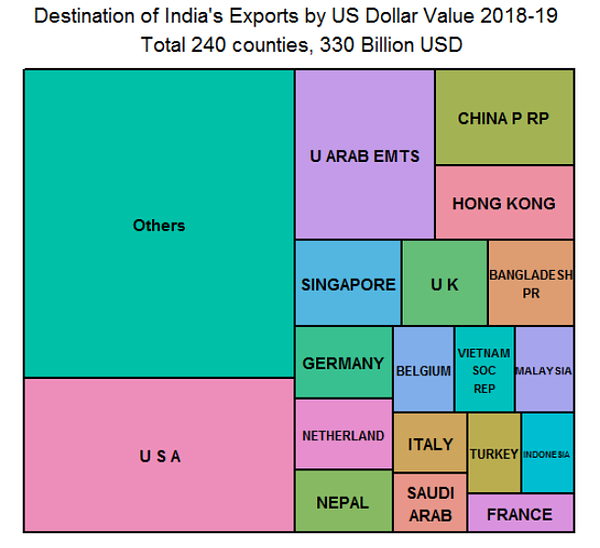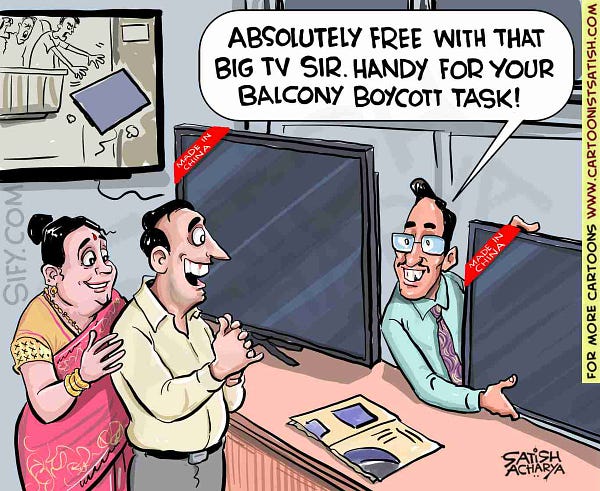Not coming soon: Chandni Chowk to China, part 2
And what kind of noodles does Union minister Ramdas Athawale favour?
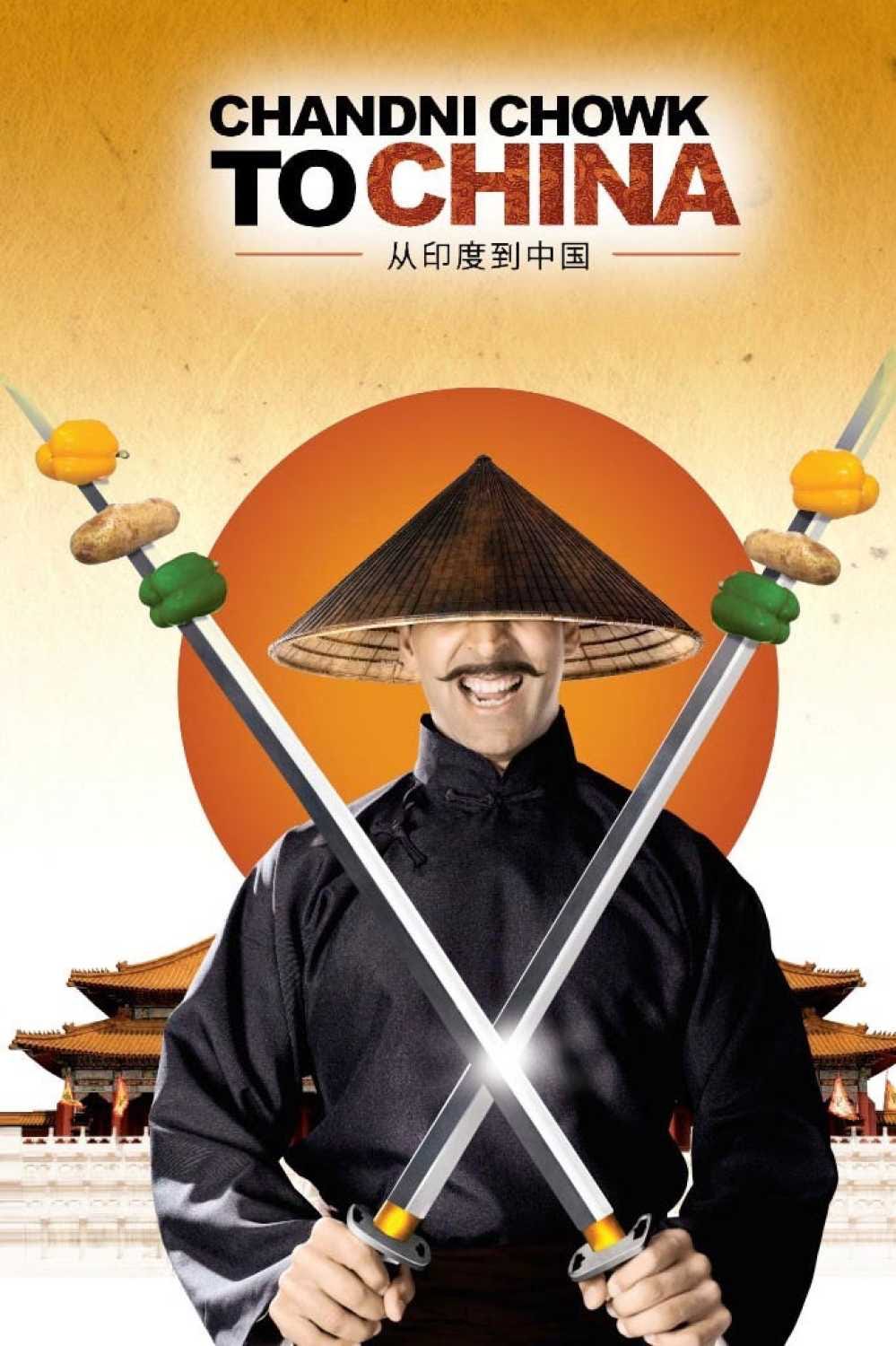
From the moment the horrible, terrible news came in from Galwan Valley, TV anchors ranging from Public to Republic—with stickers of PayTM on their laptops, on shows sponsored by Vivo and Xiaomi—have reported the following reactions.
A Made-in-China toy car being broken by Bajrang Dal workers in Bangalore.
An LED TV being thrown, hit with sticks, and stomped in Surat.
A pledge being taken to buy only swadeshi products in Ahmedabad.
A Chinese mobile phone company’s advert being blackened, in Patna.
The 50-year-old Hong Kong market being renamed in Siliguri.
A railway project connecting a city with a person being cancelled, in UP.
A minister urging for a ban on Chinese restaurants, and boycott of Chinese food.
As it did 17 days ago, #BoycottChineseProducts is a trending hashtag, with the very offensive residents of Defence Colony in Delhi being encouraged to take pictures of their desh bhakti—hopefully, with non-Chinese-made phones.
Sadly, all this made-for-TV desh bhakti was on the day the Chinese smartphone maker OnePlus sold its latest 8 Pro model within minutes, illustrating the fundamental problem when it comes to dealing with “The Factory of the World”.
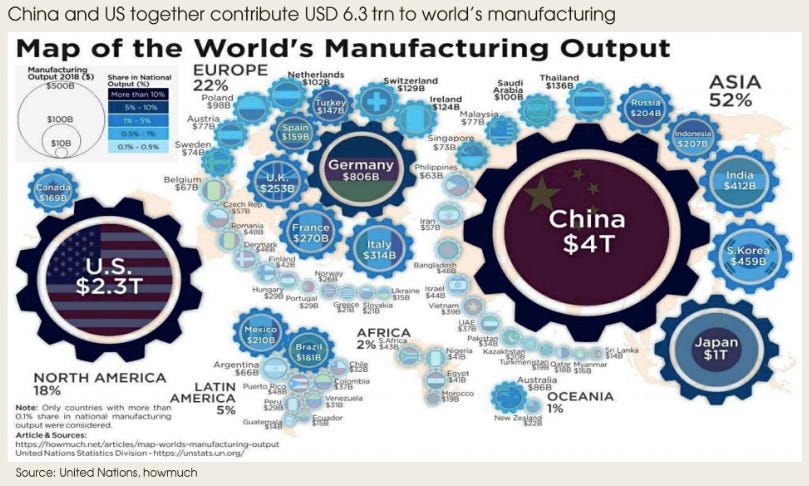
So, how do you boycott a country’s products when almost everything is made there, and when you are not in position to produce them here—so quickly, so cheaply, or so efficiently?


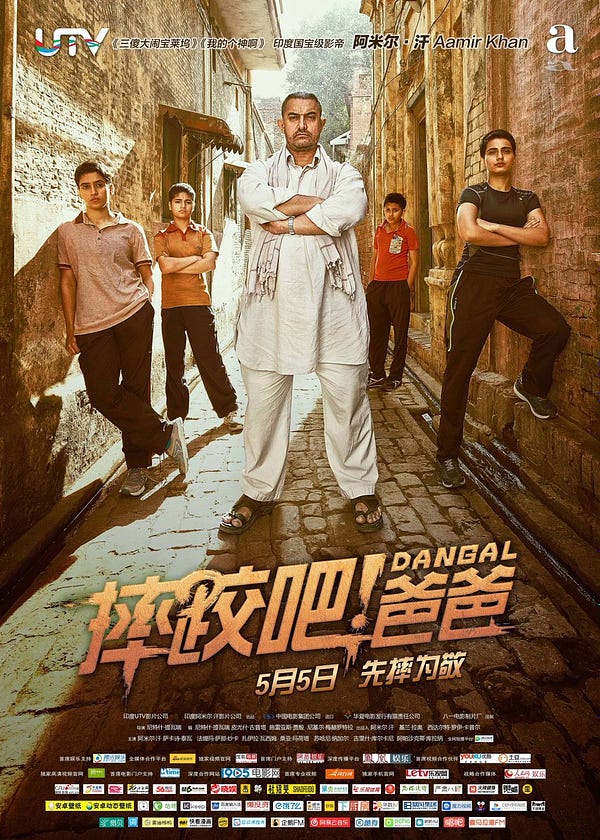
Global Times, the blow-hot, blow-hot Chinese newspaper, which one Mandarin-speaking Chennaikaran describes as “a Chinese nationalistic tabloid, written largely for the Indian audience”, sees the boycott through the lens of India’s soft power.
#Dangal #SecretSuperstar #HindiMedium
But the ground situation is more complicated than Bollywood can fathom.
India accounts for a mere 3.1% of China’s exports.
Of the $2.5 trillion worth of goods shipped by China in 2019, exports to India were around US$74.72 billion.
On the other hand, 13.7% of all the goods imported by India came from China.
In other words, India is far too dependent on Chinese imports at this moment.
Forget Ganapati idols or Deepavali crackers, Deepak Shenoy of Capital Mind says even the Chota Bheem toys come from China.
If only they came from Scandinavia.

On Instagram, Anant Goenka, the executive director of The Indian Express, tweets an image from the Financial Express newspaper to underscore the pitfalls of a blind opposition to Chinese products.
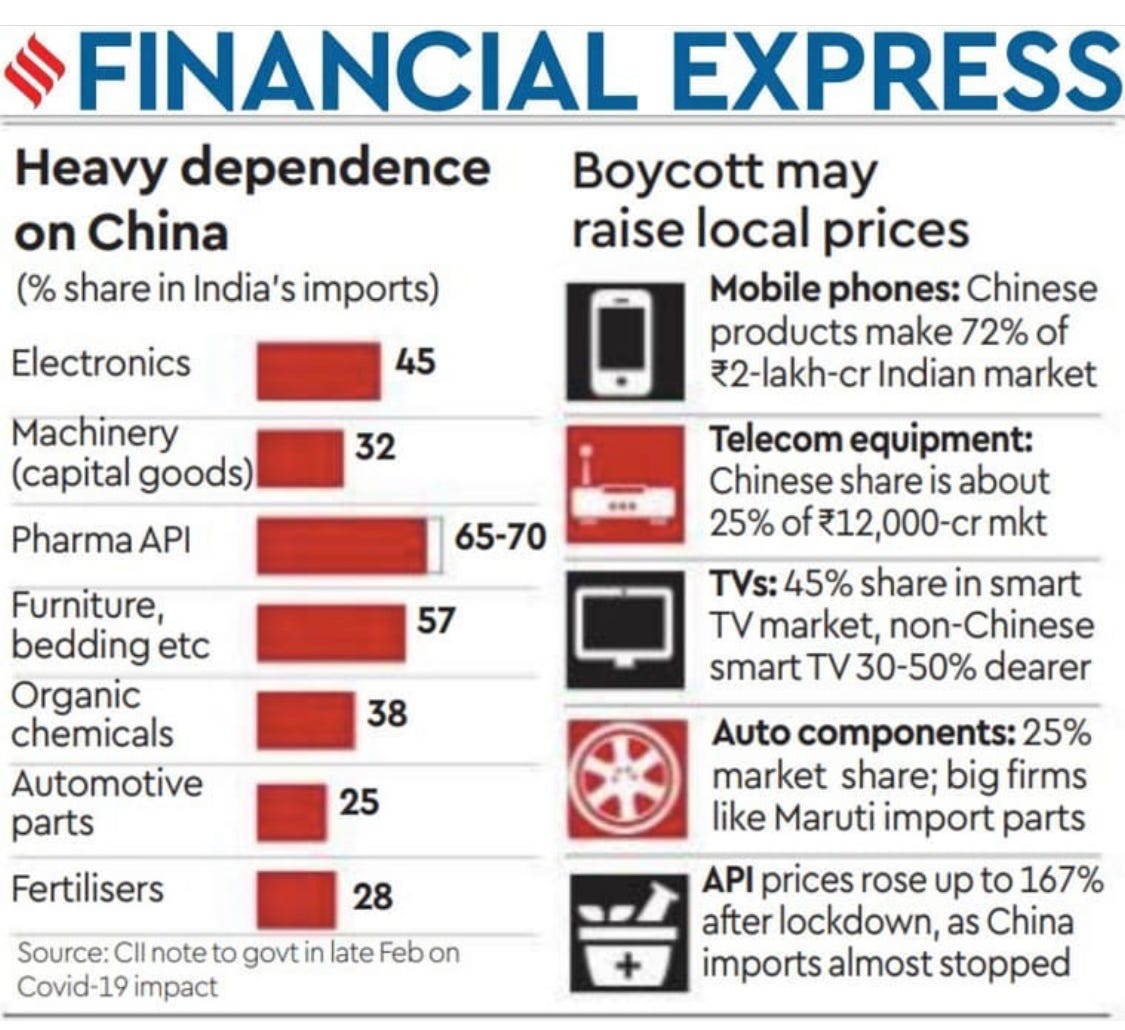
For all the Made-in-China toy cars and TV sets that may be broken in the ongoing xenophobia, China remains India’s largest import destination:
“Beijing’s goods trade surplus with New Delhi was as much as $47 billion in the first 11 months of FY20.”
Muddying the green tea further is another key fact: While a lot of what we import for our own use is Chinese, like the rest of the world, a lot of what we export is actually made from Chinese imports, especially pharma.
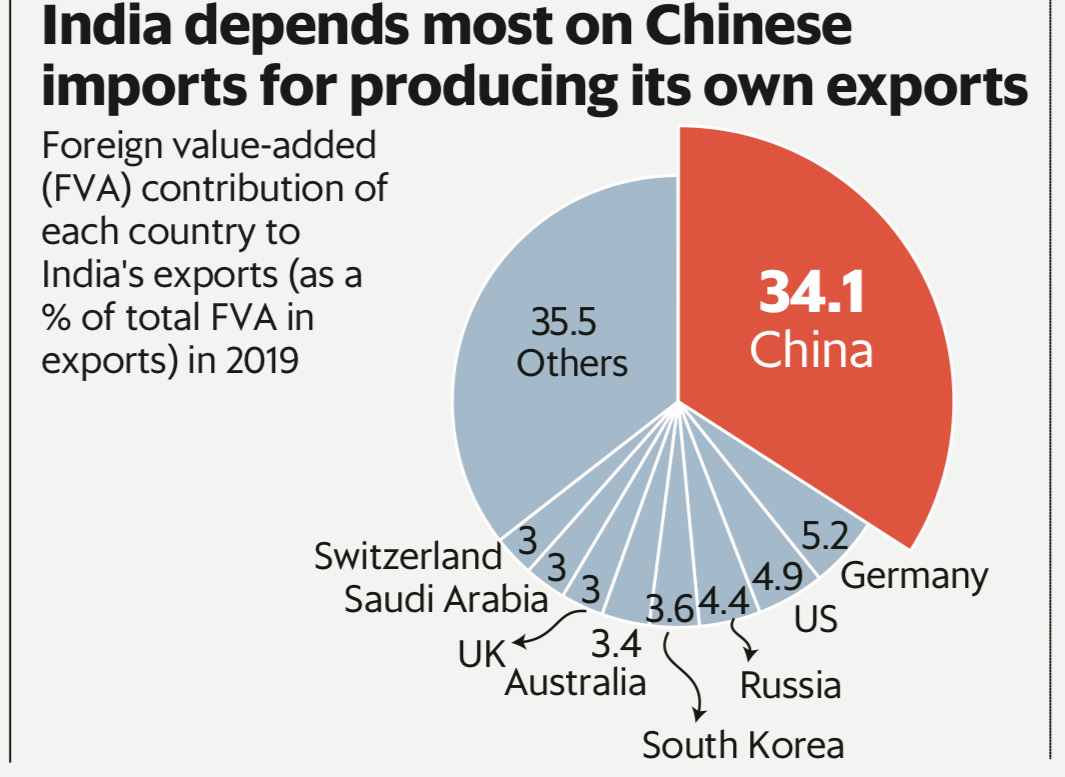
So, an all-out trade war between the two neighbours, going beyond the attention span of keyboard warriors, could end up damaging India more than China, at least in the near to short term.
Obviously, China would have weighed the economic implications before going ahead with its misadventure in Ladakh. And it would have to come to the conclusion that would have escaped #GalwanWarriors: we are too small in its scheme of things.

But capitalists with a past have an amazing knack of spotting an opportunity and singing the right tune at the same time.
So, Anil Agarwal whose firm Vedanta is not quite the exemplar of best practices whether it is in Odisha or Tamil Nadu, sees an opening.

And India Inc wallahs with all the time in the world say something cute.

But even a former member of the PM’s economic advisory council can see that there is a problem with this.
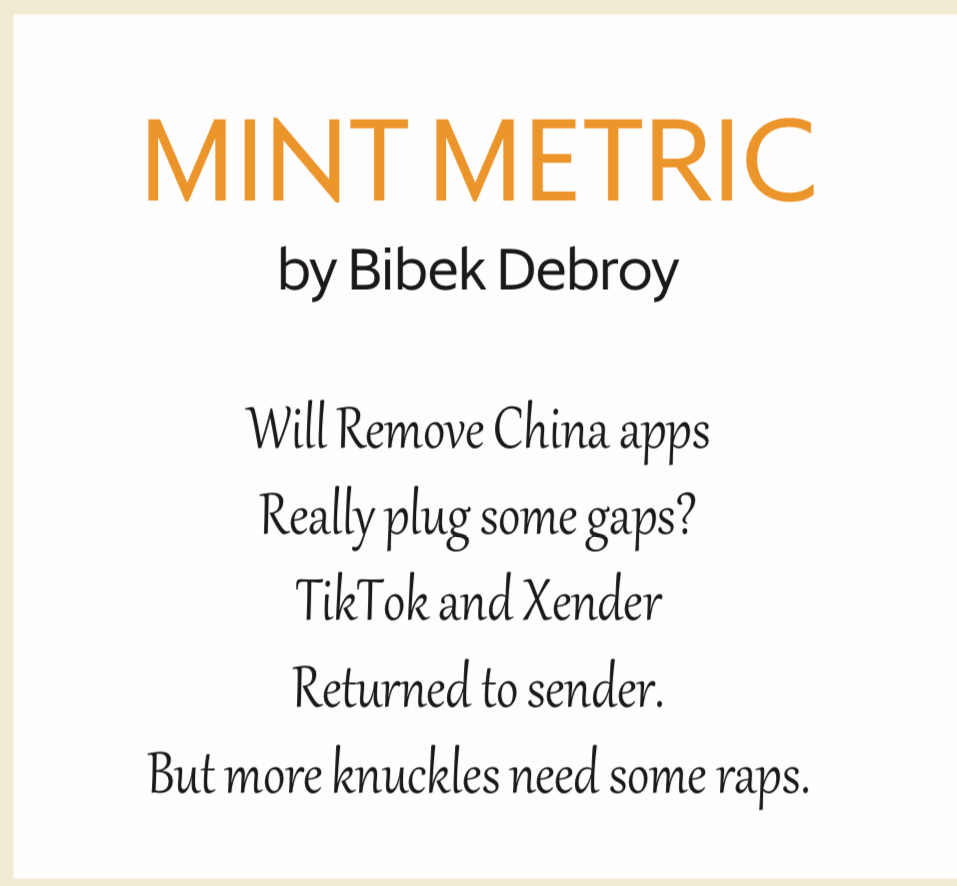
But wise people in Kundapur know how to stock themselves if this goes out of control.





